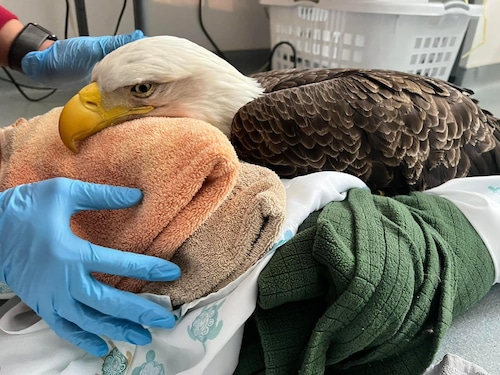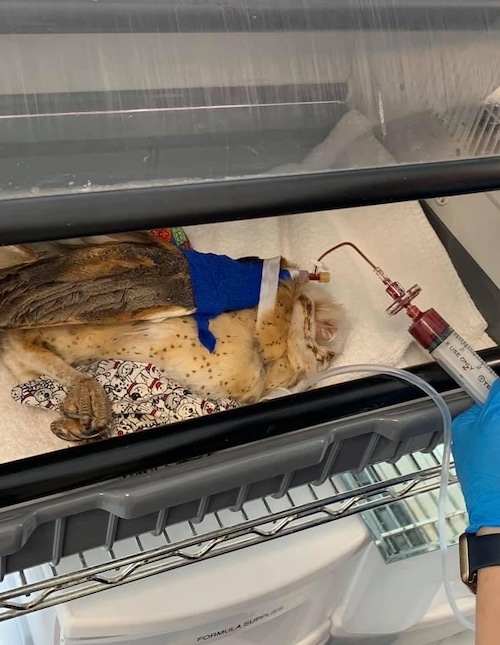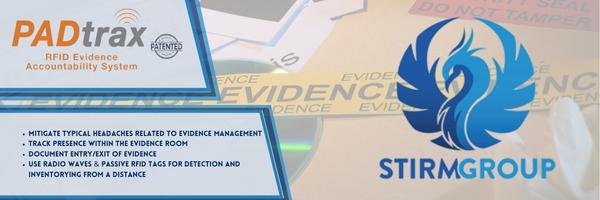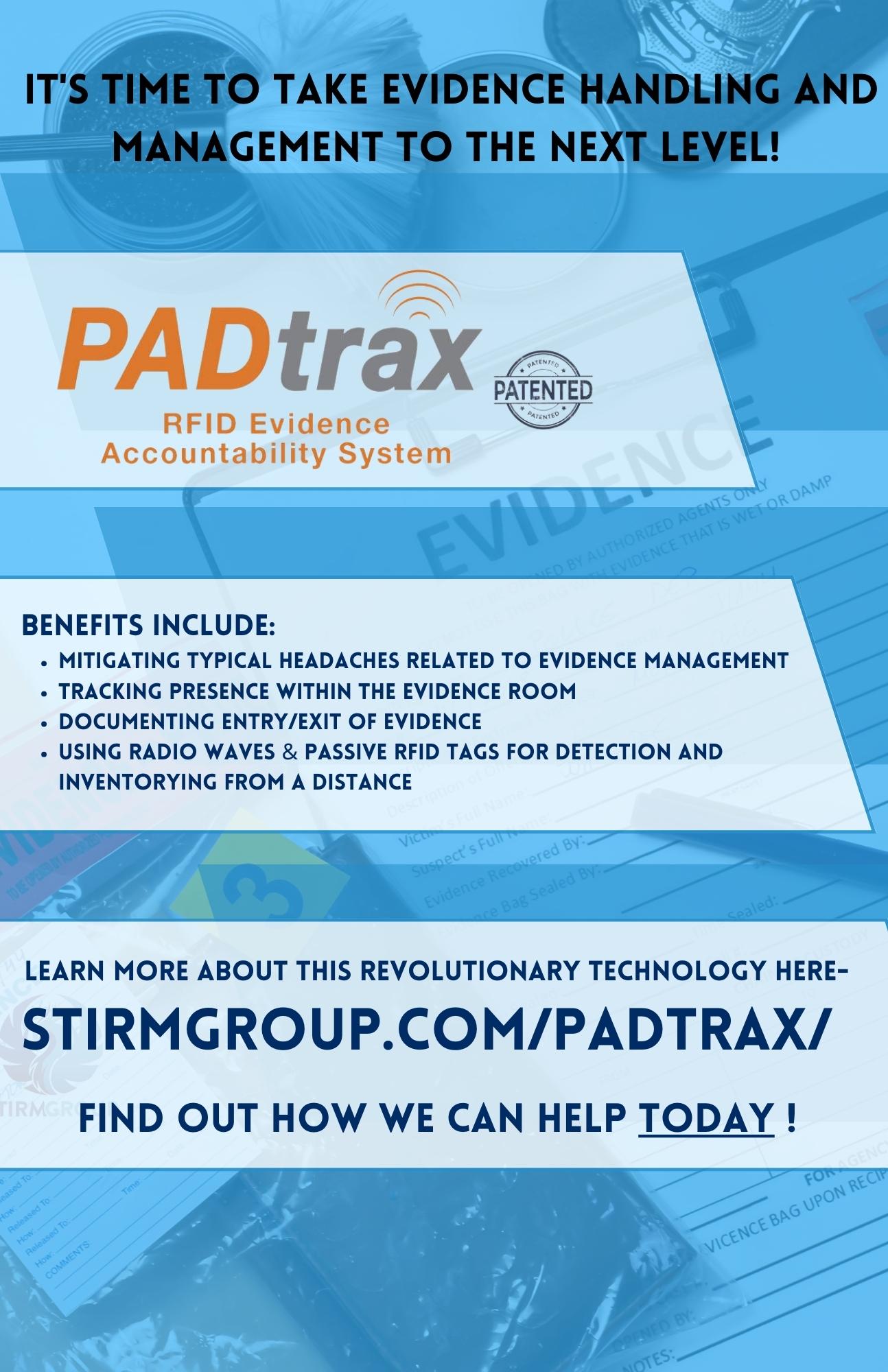Over the last few years, animal advocates sought to limit the use of anticoagulant rat poisons due to the dangers they pose to wildlife and pets — even as Massachusetts cities continue to struggle with rat infestations.
While this might appear tone-deaf at first glance, advocates argue that these poisons not only avoid addressing the root problem — they’re also toxic to nature’s best rat killers.
“Nobody’s trying to protect rats. What we don’t want is other animals who are uninvolved dying,“ said Rep. Jim Hawkins, D-2nd Bristol, who is spearheading efforts to pass a near-total ban on anticoagulant rodenticides.
“We definitely don’t want the predators dying because that’s counterproductive. You just made more rats — not less rats.”
What are anticoagulant rodenticides (SGARs)?
One of the most common rat poisons used by pest control professionals is second-generation anticoagulant rodenticides, also known as SGARs. The poison interferes with the blood-clotting process — which is essential for healing — and causes fatal internal bleeding.
When a pest control professional is called in to deal with a rodent infestation, they often place bait boxes containing SGARs in and around affected homes and businesses. The bait boxes serve as fatal traps for nearby rodents.
It takes a rat or mouse two days to a week to die after being poisoned by an SGAR — which is by design, said Zak Mertz, executive director of New England Wildlife Centers. SGARs are meant to kill rodents slowly, giving them time to exit a house or business and die elsewhere.
“The thinking is, you want a poison that’s going to kill the rats and the mice but is not going to cause them to die immediately in your walls and cause a smell,” Mertz said.
How SGARs poisons wildlife
One of the biggest problems with SGARs stems from the time it takes for poisoned rodents to die, Mertz said. These mice and rats retreat into the wild but become slow and lethargic as they inch toward death.
“So if you’re a hawk or an owl or a fox or anything that makes your living out of eating these mice and rats, you think you have a free lunch, right? It’s a very easy target,” Mertz said.
The amount of rodenticide necessary to kill a larger predator or scavenger is significantly more than that required to kill a rat or mouse, Mass Audubon Legislative Affairs Director Sam Anderson said. But pest control professionals typically place multiple bait boxes around an area with a rodent infestation, meaning that local wildlife such as hawks, owls and foxes can repeatedly snack on poisoned mice and rats.
As these animals ingest more SGARs second-hand over time, they become progressively more ill from the poison, Mertz said. The fact that SGARs make animals lethargic and slow confounds the problem for predators by making it difficult for them to catch healthy rodents.
A range of barriers make collecting reliable data on the impact of SGARs difficult, advocates said. Even so, a 2020 Tufts University study of red-tailed hawks found that 100% of the 43 hawks that died at the university’s wildlife clinic in North Grafton tested positive for SGARs. Furthermore, the study determined that 91% of the hawks had more than one SGAR in their system.
Why SGARs are deadly for wildlife
New England Wildlife Centers’ animal hospitals in Weymouth and Barnstable take in between 50 and 100 wild animals that have been poisoned or are believed to have been poisoned by SGARs each year, Mertz said. Many more are never brought in for treatment.
Red-tailed hawks and great horned owls make up most of the hospital’s SGAR poisoning patients, but its veterinarians also treat less common raptors, Mertz said. In the spring of 2023, the hospital admitted a bald eagle named MK, who made headlines after he was found on the ground at an Arlington cemetery. The vets tried to save him, but he ultimately died of SGAR poisoning.

“MK,” a bald eagle in Massachusetts beloved throughout the Mystic River Watershed, died in March 2023 after ingesting rat poisoning.New England Wildlife Center
If SGARs build up in an animal’s body over time, they can become lethal even to bald eagles, Mertz said. Additionally, as these poisons make animals slow and lethargic, the creatures become more susceptible to injury. Such injuries are then exacerbated when the SGARs prevent the animal’s blood from clotting, making recovery from even minor wounds difficult.
Animals poisoned by SGARs are often in gruesome condition by the time they’re brought to a wildlife hospital, Mertz said. Just over half the animals the hospital treats for rodenticide poisoning recover, and many others are euthanized.
One case that stuck with Mertz was the time the hospital treated three young great-horned owls who were near death due to SGAR poisoning. Only one owl survived, and it was months before its blood began clotting properly.
“In that time, he ate about 2,000 mice. So you can imagine if that owl was never poisoned and was left out there in the environment, the amount of rodent control it would have exerted on that area,” he said.

A barn owl was treated at the New England Wildlife Center’s animal hospital after it was rendered comatose by anticoagulant rodenticide poisoning.Courtesy of New England Wildlife Center
How SGARs poison pets
Like wild animals, pets can suffer SGAR poisoning after eating a poisoned rat, Melissa Ekvall, MSPCA Senior Advocacy Coordinator, said. But more commonly, they become poisoned by a rodenticide after gaining access to a bait box and ingesting the poison directly.
Dogs make up the majority of pets treated for SGAR poisoning by MSPCA’s vets, though they’ve also treated cats, rabbits and rats that have gotten into bait boxes, according to Ekvall.
Oftentimes, this happens when neighbors with pets aren’t informed that bait boxes have been set up outside a home or business, Ekvall said. Additionally, if a pet owner is unaware of the danger SGARs pose to their animals, they may ask a pest control professional to set up bait boxes inside their home where their pets can easily access them.
This same scenario can result in small children being poisoned by SGARs, she said. The Environmental Protection Agency estimated in 2010 that U.S. poison control centers receive around 10,000 calls each year from parents whose children may have ingested a rodenticide, according to a Scientific American article.
What makes SGARs deadly for pets
MSPCA vets estimate that they treat up to 50 pets for SGAR poisoning each year, Ekvall said. The treatment process can take weeks and cost thousands of dollars — especially if the animal isn’t brought to a vet soon after ingesting the poison.
This often happens when a pet owner doesn’t realize their animal has gained access to a bait box, Ekvall said. They may notice early signs of SGAR poisoning, such as lethargy, bruising, and lack of thirst or appetite, but mistakenly wait and see if the symptoms subside.
Days later, these pet owners are often horrified to find that their beloved animal has developed more serious symptoms, such as bleeding from the mouth or anus, Ekvall said. They rush to the vet but have no idea what caused the problem, leaving vets to treat the animal based on a suspected diagnosis.
This was the case for Murphy, a poodle from Newton that MSPCA vets treated for rodenticide poisoning in 2021, Ekvall said. By the time his owners brought him in, he had lost all function in one side of his body due to a brain bleed, and his platelet count had dropped to zero. His owners spent $5,000 on veterinary care to save his life, but he ultimately died from a heart attack.
Why SGARs can be ineffective
While killing rodents may seem like a common sense approach to pest control, Anderson and others argue that, in practice, SGARs act more like a Band-Aid than a long-term solution.
This is because, as urban rodentologist Robert Corrigan writes in Boston’s 2024 Rat Action Plan, the “No. 1 driver of rat populations in all cities is the food refuse dynamic.”
In other words, if the root cause of a rodent infestation — i.e. access to food waste — isn’t addressed, then trapping and killing mice and rats won’t solve the problem, advocates argue.
Effective pest control is best achieved through what’s known as “integrated pest management,” Anderson said. This strategy focuses on changing one’s environment to impede rodents’ access to food waste, according to Corrigan’s report. SGARs are treated as a last-resort option.
But many pest control companies still use SGARs as a first-line defense against rodent infestations, Anderson said. He believes this is because rat traps “make the customer feel better” — not because they’re effective.
“It’s easier for a pest control professional to put poison out instead of saying, ‘All the poop is over here. We should fill this hole,’” he said.
Pest Control New England — a local industry group — declined a request for comment from MassLive.
A potential solution
Some pest control companies have already moved away from using SGARs on their own, Anderson said. But bills state from Rep. Hawkins and state Sen. Mike Moore, D-2nd Worcester, could make their use illegal in Massachusetts in most situations.
If passed, the bills would prohibit the use of SGARs except when permitted by a state board in response to a public health crisis. Interested parties would need to apply for such permission and include a rationale for why SGARs are necessary, as well as a plan for ongoing integrated pest management. The permission would also expire after two weeks.
The restriction wouldn’t go into effect until 2027, giving the pest control industry time to adjust to the change, Anderson said. Despite this, advocates expect the industry will voice opposition given its past opposition to similar bills.
But Hawkins and Moore are optimistic that they’ll be able to rally enough support to get the bills passed this legislative session. Public concern about the dangers SGARs pose to pets and wildlife has also grown in recent years, advocates said.
“The populations of raptors and other predator birds had to basically collapse to zero before the federal government banned DDT,” Anderson said. “I really fear we’re repeating that.”






